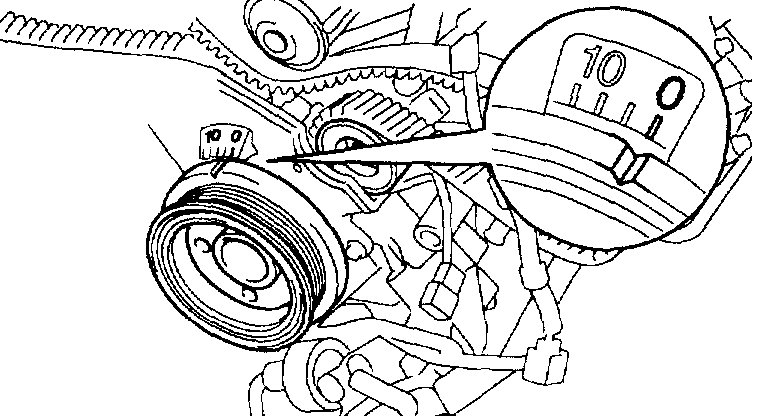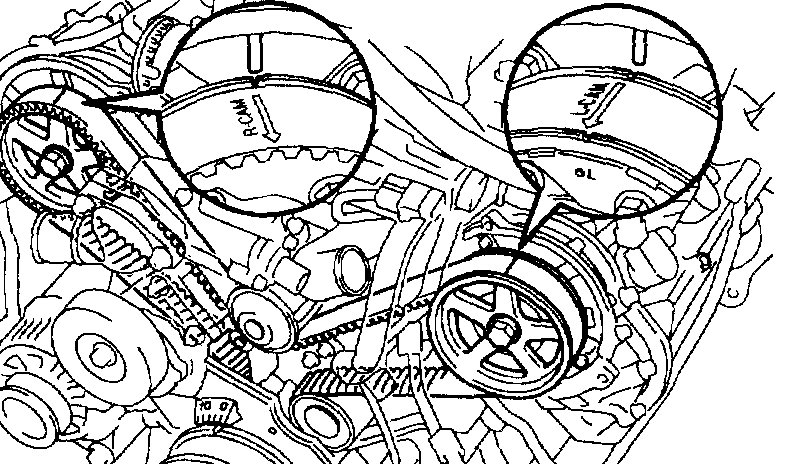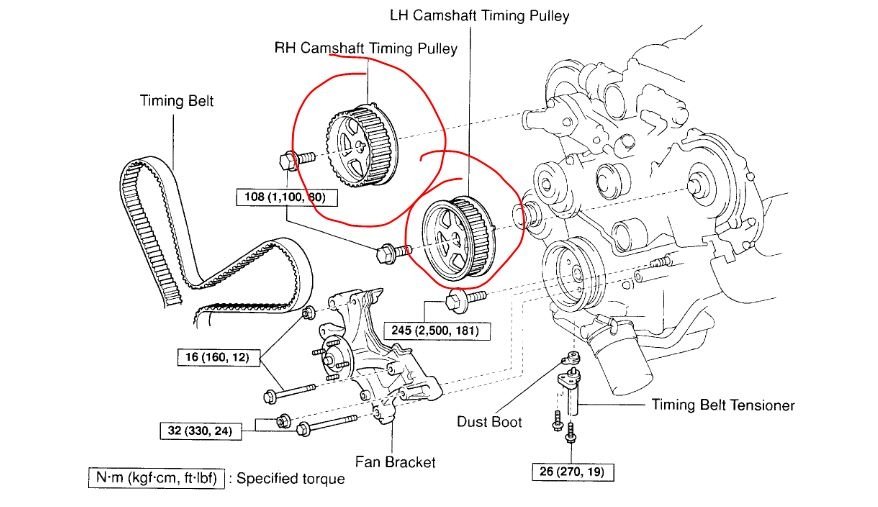Thursday, November 21st, 2019 AT 4:19 PM
Vehicle quits while driving 65 mph down highway. Fuel pressure good and fuel is getting to engine. All belts are intact and on engine correctly. Right 4 cylinders have no compression. Check with borescope no broken valves or piston damage or scrapes gouges etc, in all cylinders. Car won’t start or run no engine lights or warning lights on. I’m stumped could this be the crankshaft sensor? I can’t think of any thing else that would disrupt one half of the engine? Help







